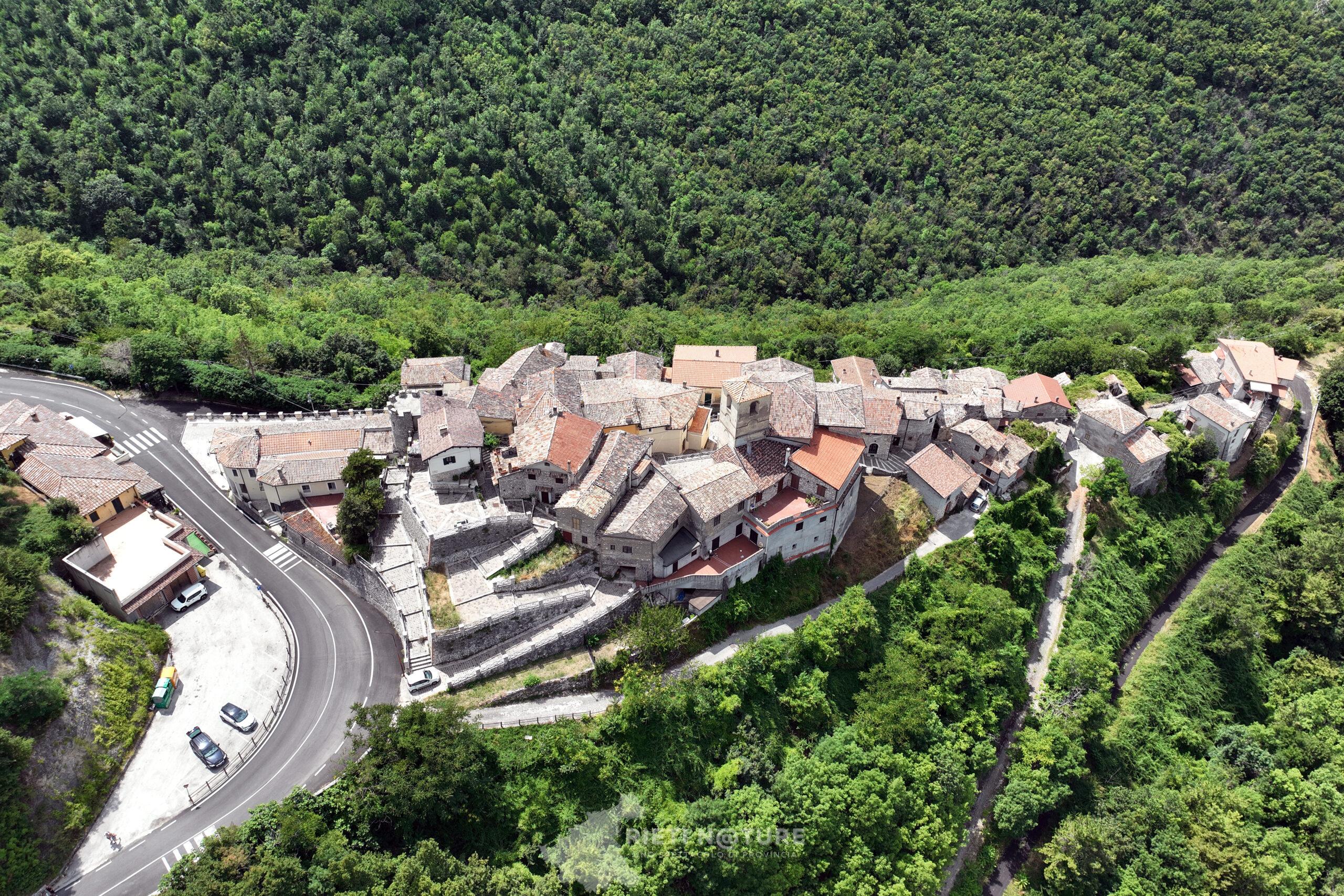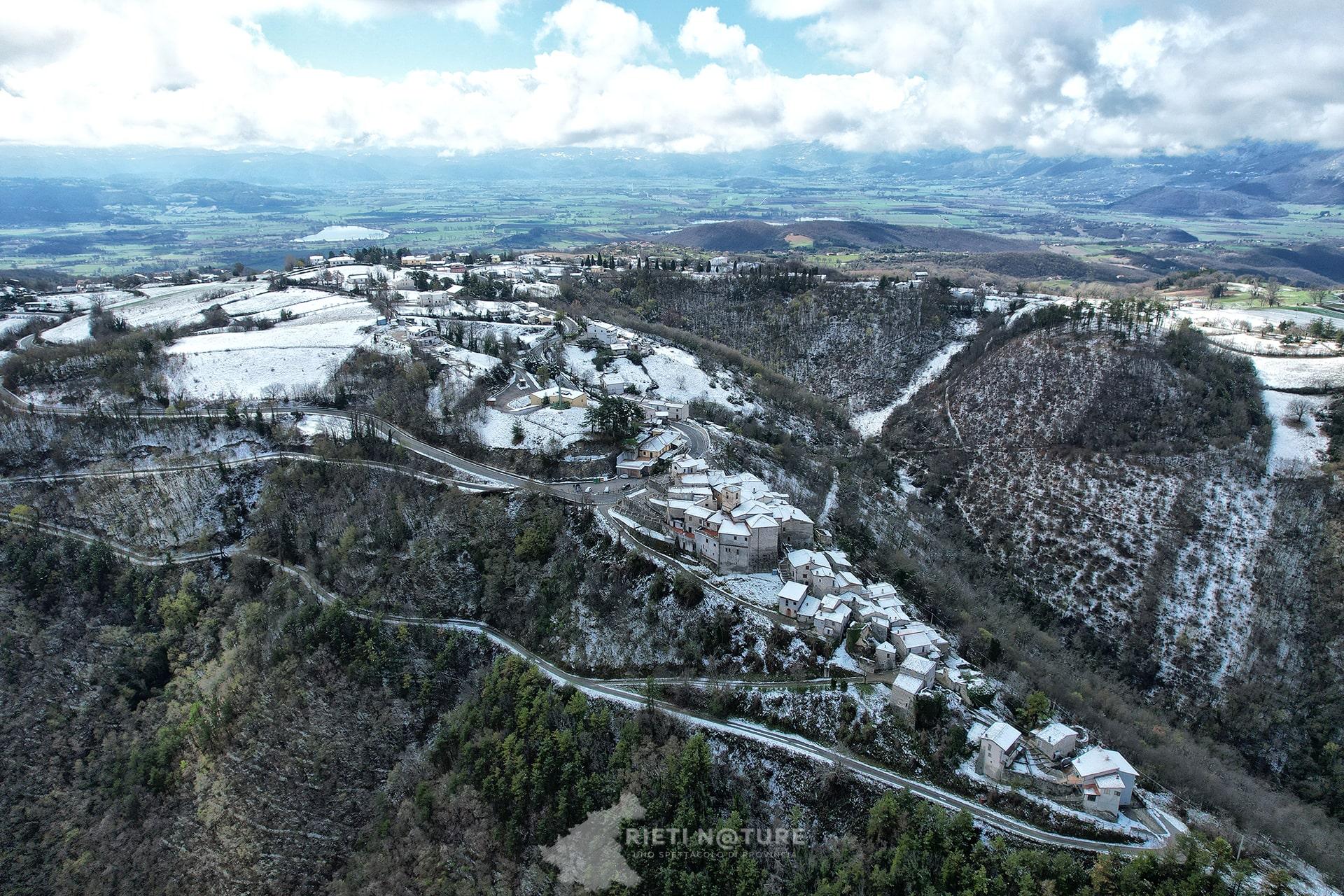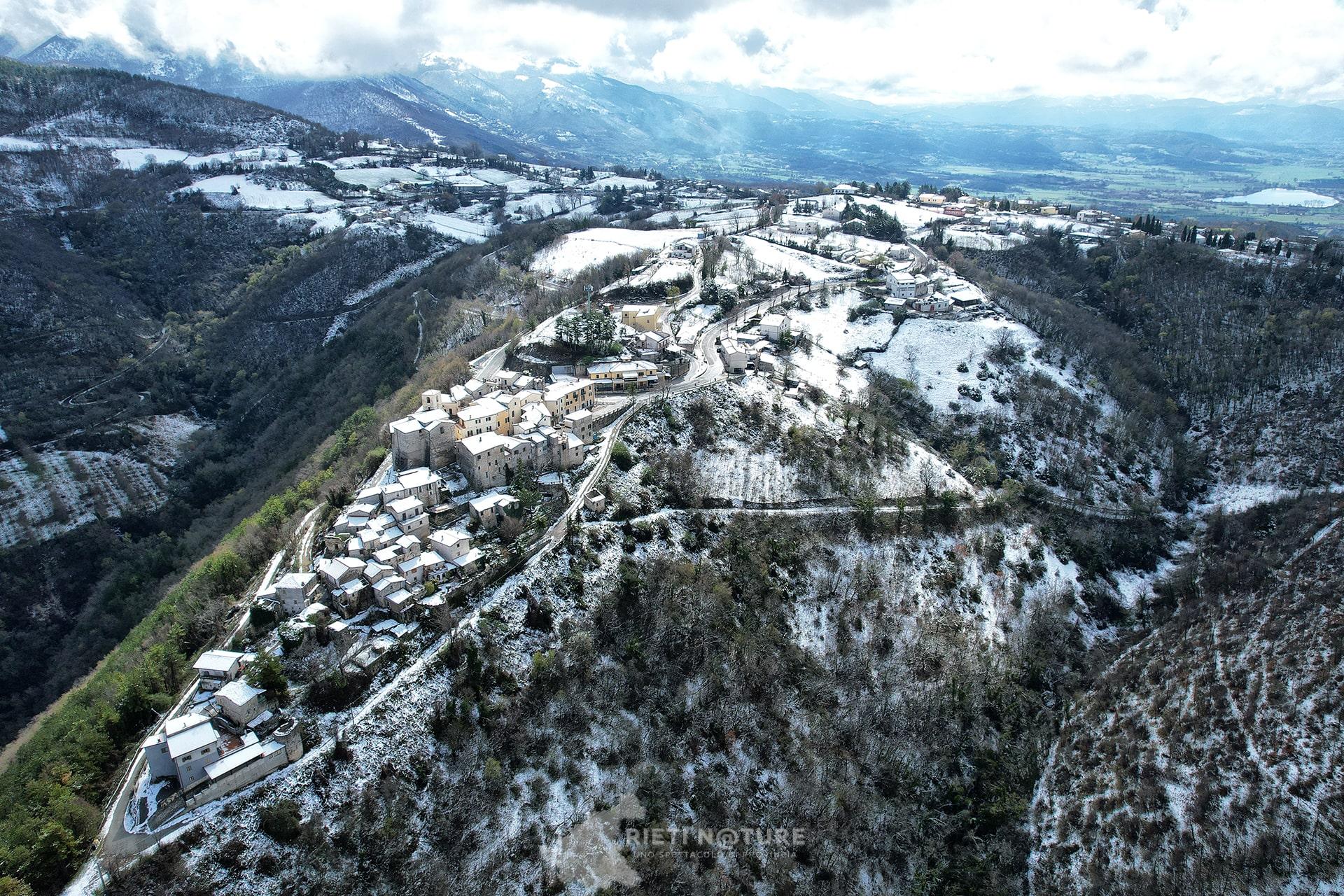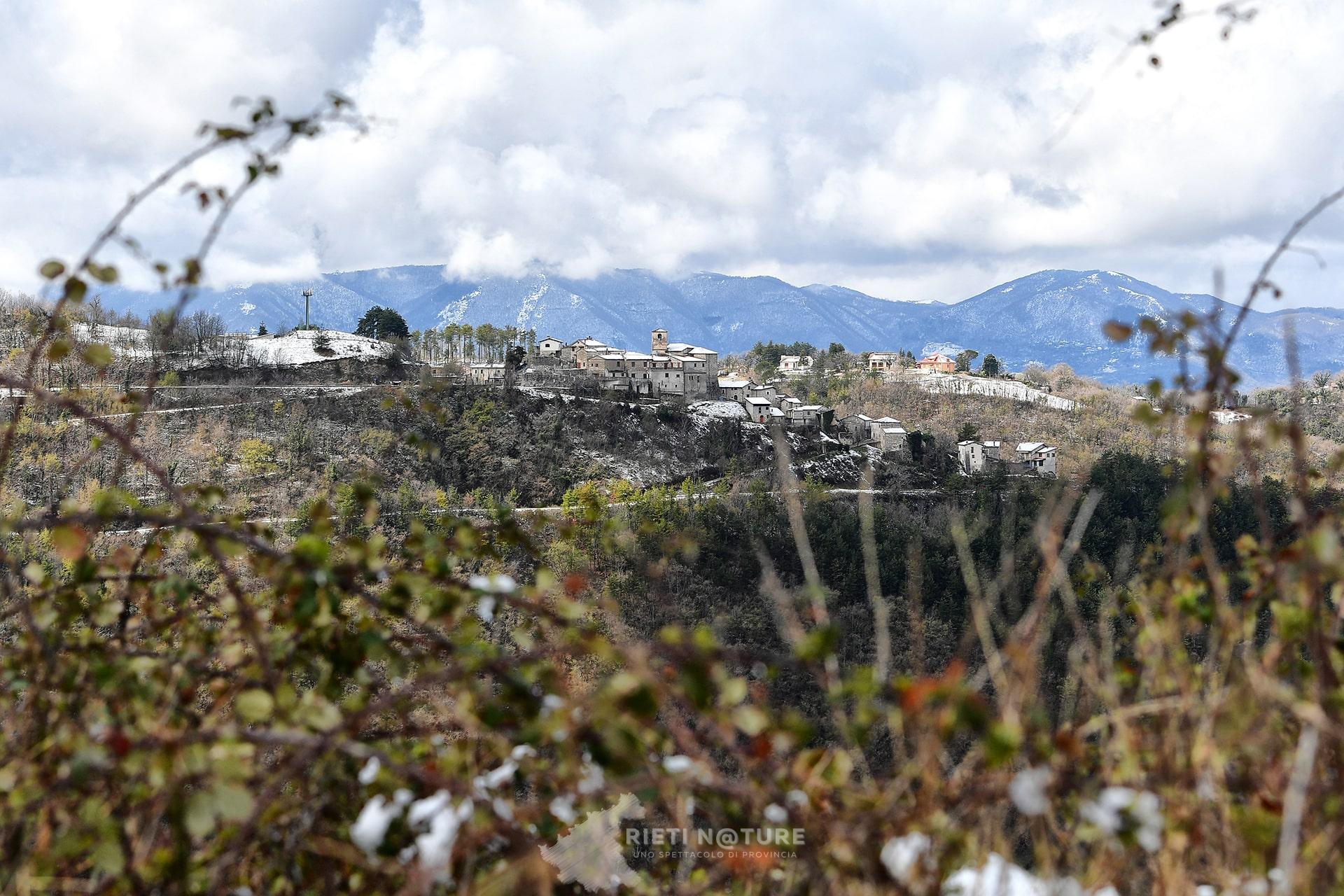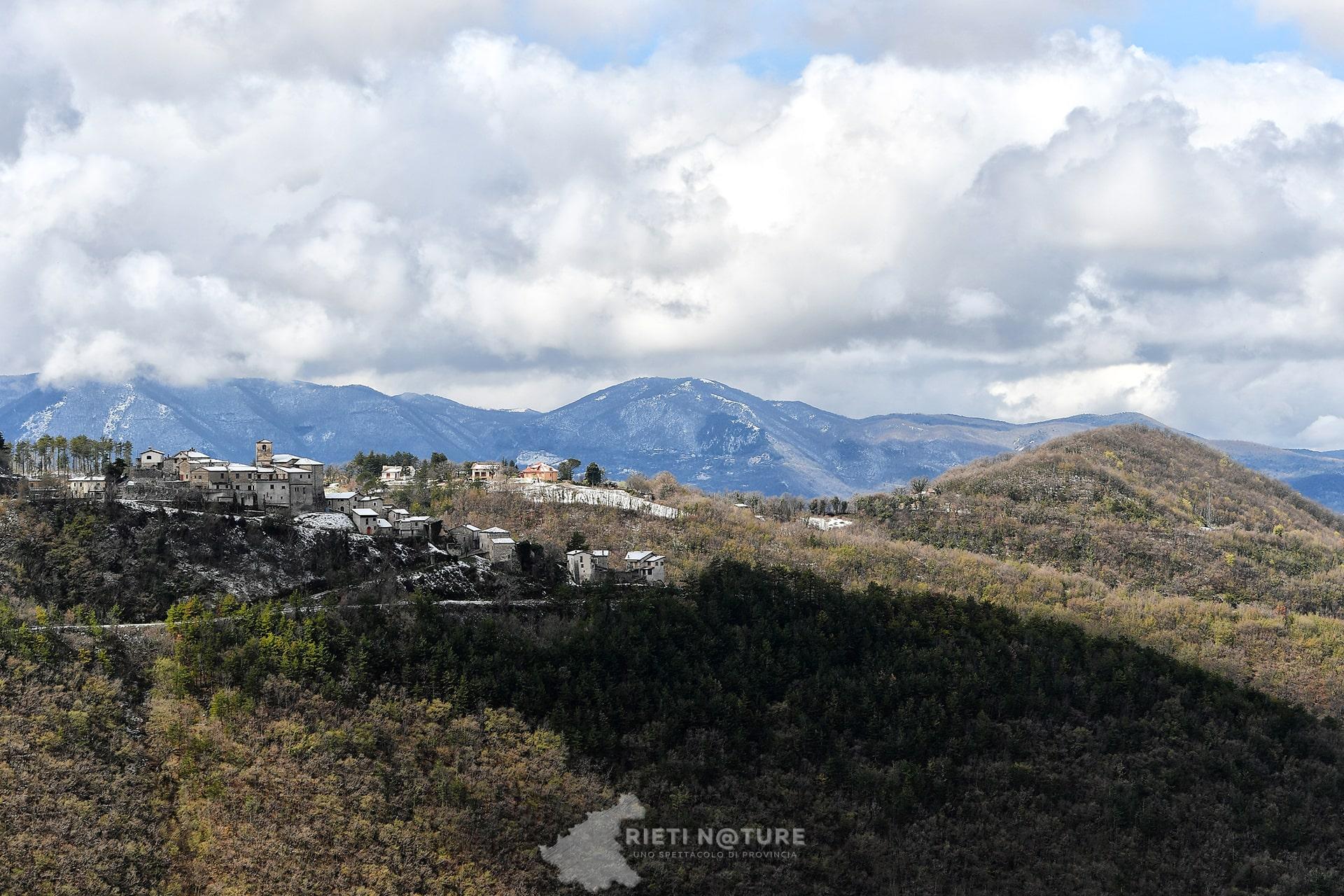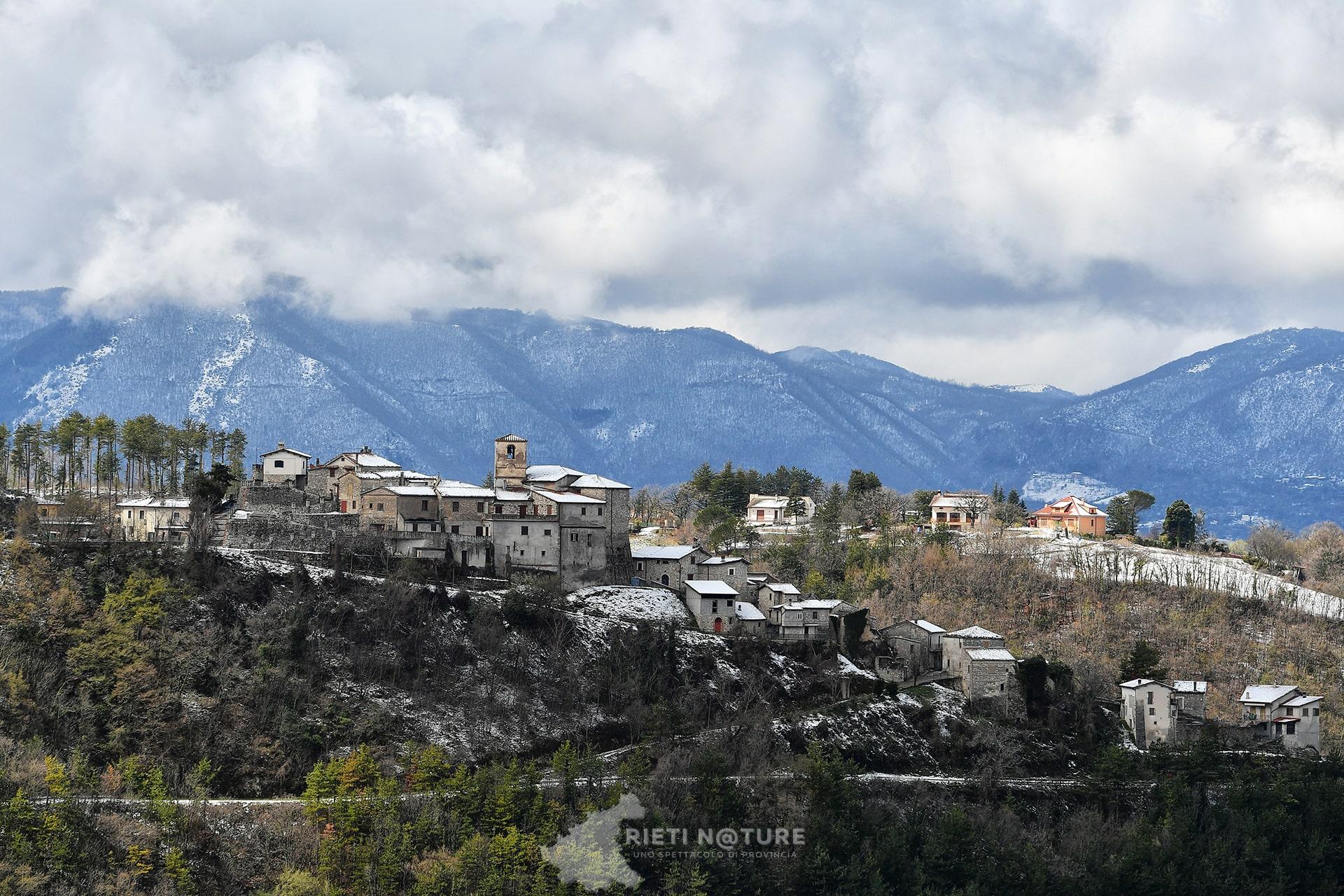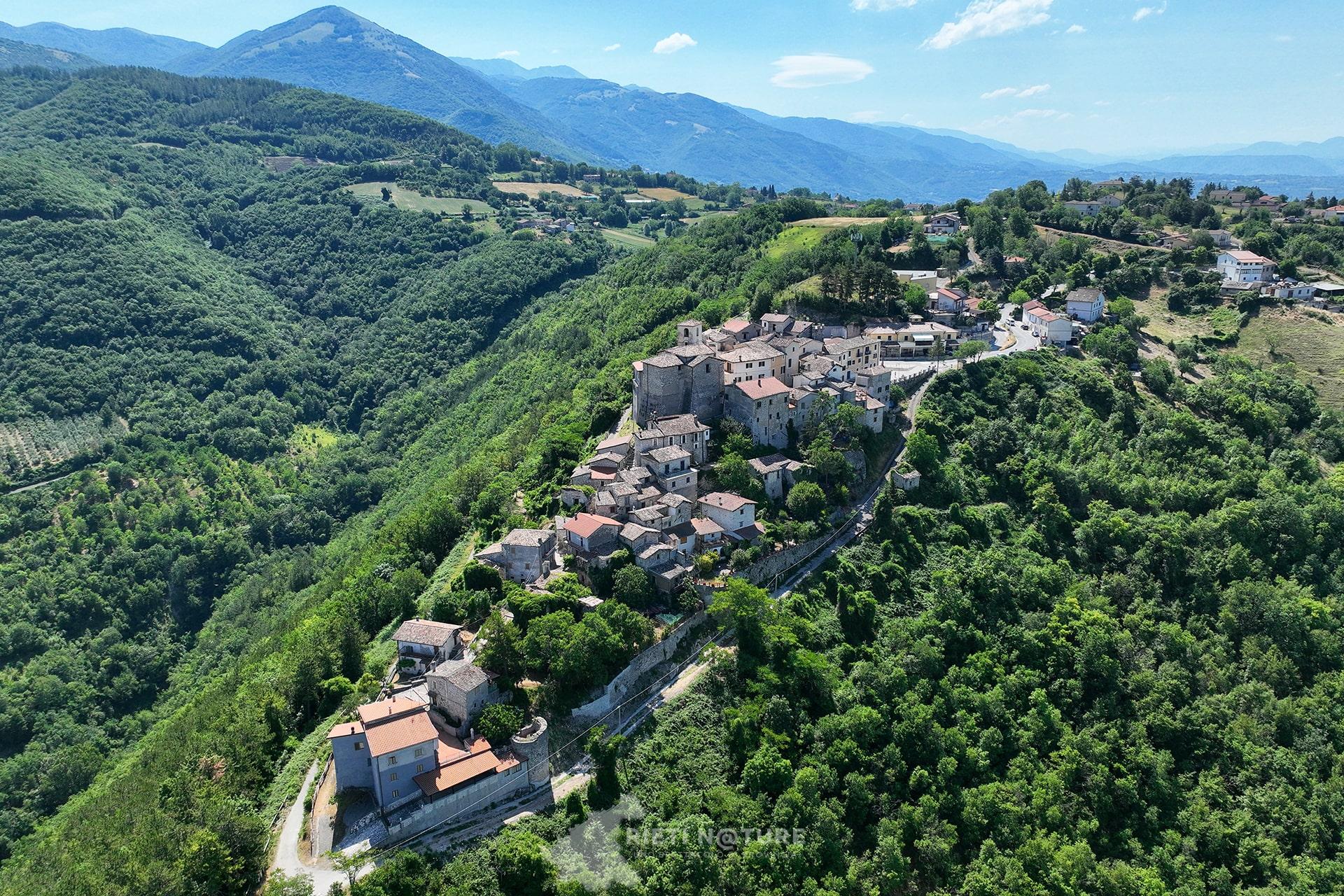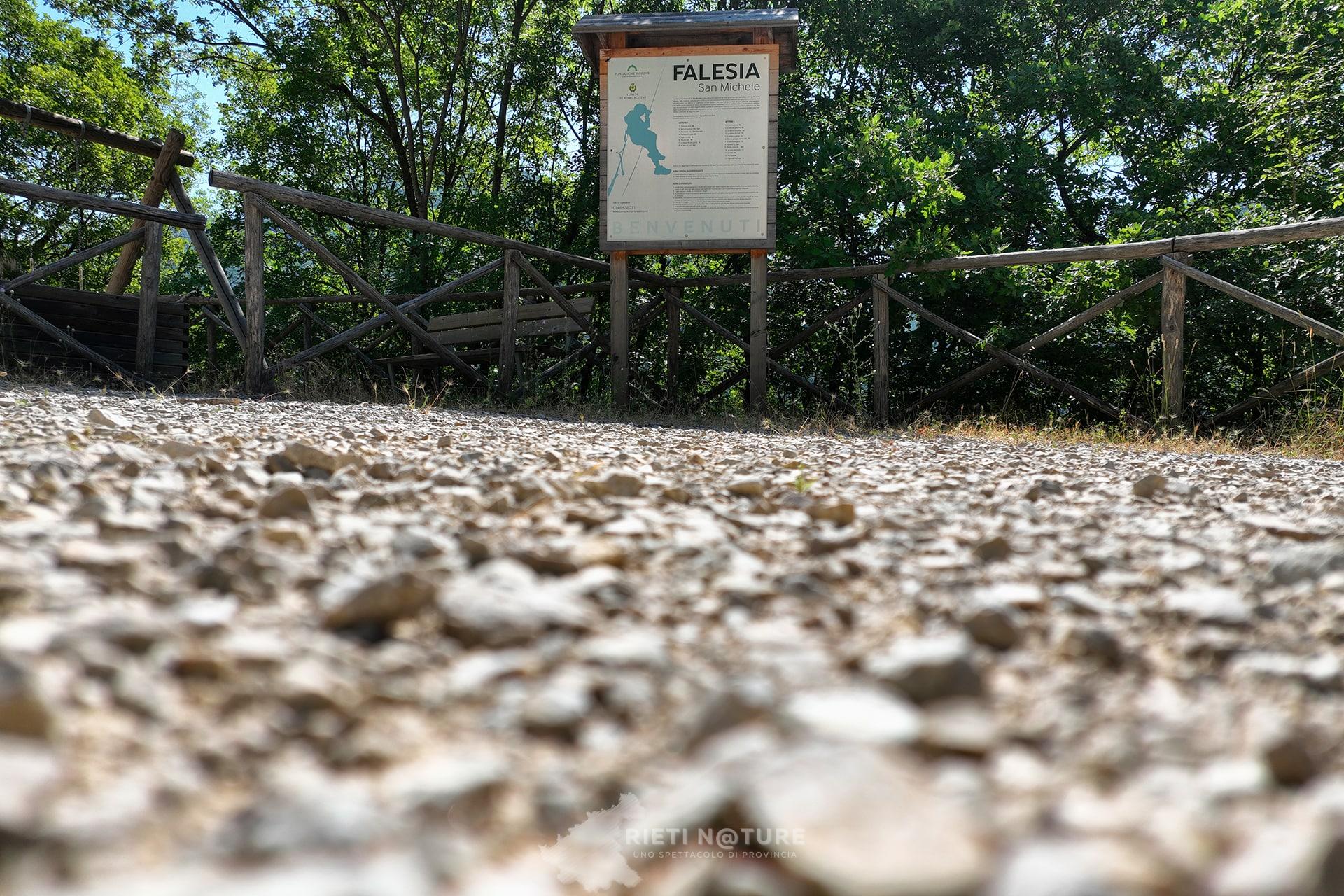
Morro Reatino
Located between Lazio and Umbria, halfway between the mountains and the Rieti Plain, Morro Reatino stands among the most is attractive villages of the Province that, although influenced by the nearby Terni, solidly has its roots and traditions in the Rieti spirit.
Population
333
Area
15,82 km²
Altitude
745 m
Where is it?
The fortress of Morro Reatino, counting 360 inhabitants, rises 745 m. above sea level, 18 km. away from Rieti. Morro is one of the wonderful medieval villages restored in the last 15 years and in ancient times it was the border point between the Kingdom of the Two Sicilies and the Papal State whose structural characteristics and artistic influence are still visible today.
What to see?
Morro preserves much of its medieval structure, although many of the buildings have been renovated in subsequent eras. Only a few traces of what was the ancient castle, the city walls and the numerous towers remain today. The village is a small jewel made of staircases and alleys that maintain the typical medieval cobblestone flooring. The parish church of San Lorenzo is enriched by a portal dating back to 1638, surmounted by the coat of arms of the then bishop of Rieti, Gianfrancesco Guidi di Bagno. Over the altar, a canvas from the same period depicts San Lorenzo while, on its sides other paintings portray San Luigi and San Vincenzo Ferreri. The construction of the Church of the Madonna della Torricella is linked to two different legends: the first says that, during the Second World War, the guns with which the soldiers were supposed to kill the inhabitants in front of the church, jammed thanks to an appearance of the virgin; the second, instead, tells of a more remote time when, despite the bad weather, the harvests near the territory of the Torricella were saved. Another place to which the people from Morro are closely linked is the church of the Madonna Mozzapiedi, inside which there is a fresco depicting the Virgin. Last but not least is the beautiful cliff of Coste Lignano, inaugurated on 8 June, which houses the hermitage of San Michele Arcangelo. The cliff, surrounded by woods, rise 700 m. above sea level can be reached through 21 routes, designed and equipped by the alpine guide Mario Alvise, that will be soon integrated by 14 new routes. The current administration is intervening to create picnic areas in the two pine forests, one of which has already been realized along the path that leads to Francesco's beech tree, located in Rivodutri.



